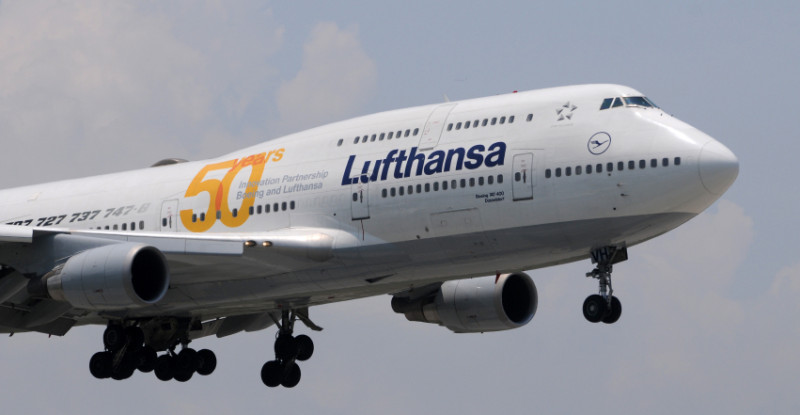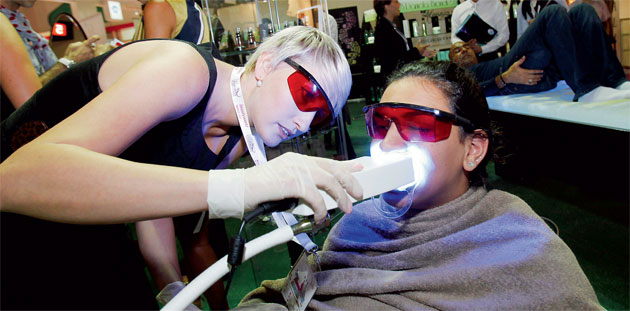Sri Lanka has about 1084 government hospitals including teaching hospitals, district hospitals, special hospitals, divisional hospitals and medical care units. The island also has number of private hospitals.
“With only a per capita healthcare expenditure of 175 dollars, at first, Sri Lanka does not appear to have an advanced healthcare infrastructure similar to the developed countries,” Weerakoone said.
“But due to the support of well-trained, high quality healthcare professionals, availability of treatment centers as well as pharmaceuticals, we are witnessing the emergence of a new sector that is medical tourism contributing to our service exports,”
“Studies show that around 15 percent of patients in Sri Lanka are foreign patients, such as from Maldives.”
According to the data of the global medical tourism report 2014, the Asian medical tourism industry has been growing at a double-digit growth rate for the past few years and the top three medical tourism markets in Asia are Thailand, Singapore and India.
The report also reveals that although the demand for medical tourism is fundamentally driven by cost and quality considerations relative to domestic treatment options, the choice of destination depends on many factors, including proximity, brand value, and the range of available healthcare services.
Global Medical Tourism industry annual turnover is not definitive but Patients Beyond Borders, the oft-referenced consumer information source about international medical and health travel estimates that by 2014, the worldwide medical tourism market to be 47 billion dollars, growing 20 percent annually with 11 million cross-border patients worldwide, and 4250 dollars median spending per visit, the statement said.
Weerakoone said Sri Lanka should look in to develop more private public partnership to tap the medical tourism.
“EDB, which strongly believes in private public partnership approach, has decided to make the first ever national initiative to rally the healthcare providers as well as stakeholders and formulate a common voice for 2015-20 National Masterplan Initiative on Medical Tourism,”“We need to map out such factors as availability of hospital facilities, accreditation, specialisations, ‘center of excellence’ areas, post-surgery and wellness packages, packages medical tourism as well as tie ups with global medical travel facilitators.”
“The EDB can shape the future roadmap of this sector based on the collective voice healthcare operators.” Weerakoone said.
She said establishing a formal link between the Medical Tourism Committee of Sri Lanka and Private Health Association (PHA) could be priority steps in this effort.
“EDB is ready to allocate prominent space in its web portal’s “service exports” section for this initiative.” Weerakoone said.
PHA hosts the majority of Sri Lanka’s private hospitals, nursing homes and private healthcare providers as its members. 55 percent of country’s outpatients and 15 percent of the country’s in-house patients, are treated by members of PHA while the rest being treated by state sector hospitals and healthcare facilities.
“This initiative can also help bring high net worth tourists instead of budget tourists and the ‘wellness medical tourism’ is a huge growth area,” Dr Lalith Peiris, Chief Executive of Lanka Hospital of Sri Lanka said,
“Through EDB we can make the stakeholders to understand how important medical tourism is.”
source: http://www.lankabusinessonline.com / Lanka Business Online / Home> Tourism / September 19th, 2014




